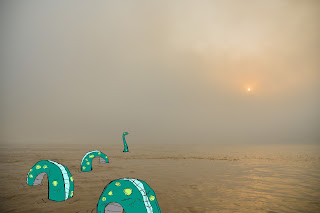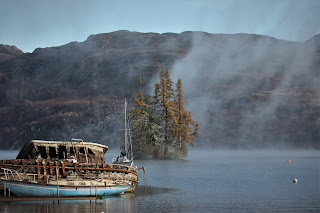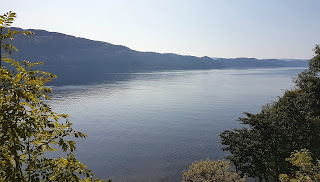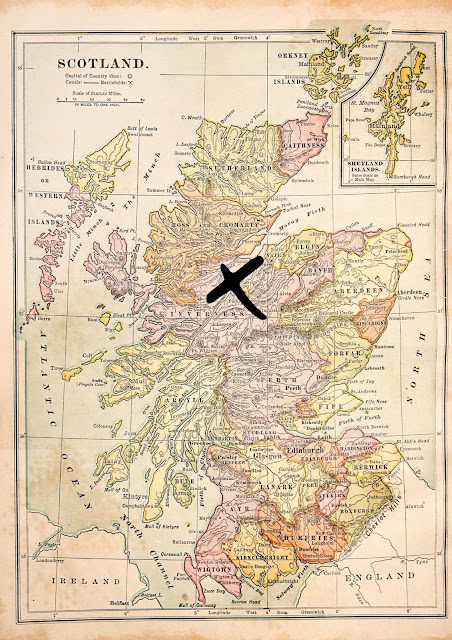- Get link
- X
- Other Apps
- Get link
- X
- Other Apps
The Loch Ness monster or 'Nessie'
When it comes to folklore, few tales capture the interest as much as The Loch Ness monster, or Nessie. This legend never dies and forms a link between our modern world of convenience, and the ages past, when dinosaurs roamed( and terrorised ) the land.
However, is this legend real? Well, according to Wikipedia:
"The scientific community regards the Loch Ness Monster as a phenomenon without biological basis, explaining sightings as hoaxes, wishful thinking, and the misidentification of mundane objects."
If that is the case, why, then, does the myth not simply die out...have it's delusions overridden by common sense? We put it down to two main reasons: It's long and extensive history, and it's location. Firstly, let's have a look at the location, Loch Ness.
Never A Better Place Than Loch Ness For A Great Story
One need only look at Loch Ness, and it's location to notice that it would be hard to find a better place to lay the foundation of a story, that the lake itself.
Located in rural Scotland, the Loch is a place of great character, where any urban sprawl is yet to spoil, and cold misty days simply add to the character.
The Loch itself is 36.2km long, and 2.7km wide, with a depth of around a whopping 132 metres! More than enough to hide a beast of Nessie's girth. In fact, so big is the Loch, that it contains more water than all the lakes of England and Wales combined!
The Loch also boasts several species of fish, vital for the diet of a dinosaur, if one were to exist there. Among the varieties to be found there, are:
- The European Eel
- The Northern Pike
- The European Sea Sturgeon
- The Three Spined Stickleback
- Brook Lamprey
- The Eurasian Minnow
- Atlantic Salmon
- Sea Trout
- Brown Trout, and
- The Arctic Char.
Although the Loch has a rich history with it's waterways, it's average water temperature means that it is hardly the place for a swim. With an average temperature of only 5.5 degrees Celsius, it is certainly not a place for a paddle for those who are faint of heart, something that Nessie is not, apparently.
However, since most 'dinosaurs' are cold blooded, it would be strange for a large cold blooded animal to thrive in frigid waters.
The Loch Ness Monster - A Long and Rich History
Editorial Comment
Whilst the prospect of a prehistoric beast living..alone...in a frigid lake in Northern Scotland may seem far fetched, it's continuing existence as a legend never seems to die.
Despite the scientific community occasionally throwing some resources into investigating the claim...and find nothing, and then thumbing their noses at the claim, the myth remains one of the World's foremost, and most cherished tales.
Even though the existence of 'Nessie' may be more fantasy than fact, the tale should be cherished and passed on to future generations. After all, if fishermen can exaggerate(ever so slightly!) every catch they make, then why can't proud Scots boast over Nessie, whether he be a large fish, dinosaur, or, figment of people's imagination?
For more information on Scotland, visit our UK local business directory.





Comments
Post a Comment